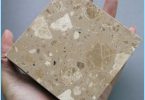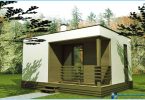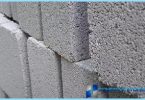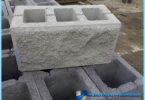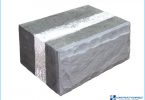The contents
Such a building material as concrete is used by people for quite some time, its popularity in the world is justified by high reliability, experienced weather conditions and time.
But usual concrete is not really suitable for such structures as bridges, dams and other waterworks. The reason for this strong negative effect of water on the object that can’t handle simple concrete. Despite the fact that much more damage moisture causes the part of the object, which is in place of the constant change of water level.
The most devastating factors are:
- the ebb and flow of water;
- temperature changes;
- water hardness.
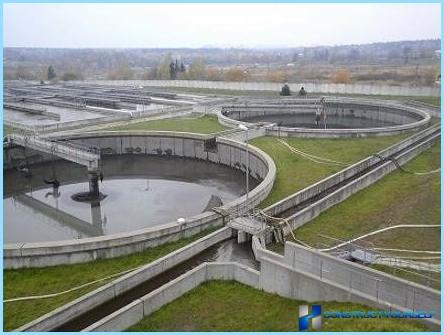
When planning the construction of buildings, which will be constantly under the influence of water, you need to pay attention to the material that will be used in the construction. This material must possess the qualities that will enable it to resist the destructive properties of water.
This material is hydraulic cement. It is used in the construction of dams, tunnels, cellars, wharfs, etc. in General, whenever the construction has as little as possible to keep the water out.
The characteristics of hydraulic concrete ↑
The main characteristics of a hydraulic mixture include:
- frost;
- resistance to water;
- the increased level of water resistance;
- tensile strength and compression.
For hardiness, there are 5 brands of hydro concrete: F50, F100, F150, F200, F300. There is also brand F400, it is formed by adding the composition of concrete special admixtures. Each stamp represents the number of cycles of freezing and thawing for twenty eight days. The material is tested in special freezers in the allotted time specified above hydraulic concrete must withstand the test of cold, without losing its qualities. Frost resistance is a very important factor in the construction of buildings that will be a long time, under the influence of low temperatures.
Time check the water resistance lasts 180 days. This feature has the following grade of concrete: W2, W4, W6, W8. When testing the hydro concrete shall not absorb moisture. The addition of various impurities forms a mark W12.
Strength is determined by compression and stretching of the material along the axis. The period of review is 180 days. Hydraulic concrete check a stretch to identify the possibility of occurrence of cracks. There are several classes of brands, the most popular are the V10-C40.
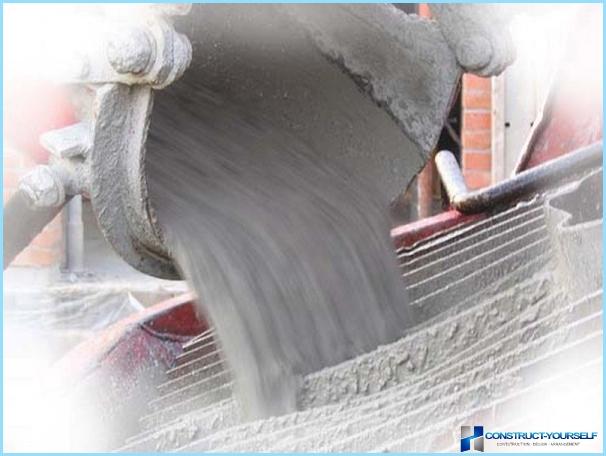
The types of hydraulic concrete ↑
The hydro concrete used to build special structures, it is divided into three main types:
- concrete which is under water;
- concrete, which is located in the area where the water level is constantly changing;
- concrete, which is located above the water level;
Also, concrete for hydraulic structures, divided into massive and not massive.
The composition of hydro concrete ↑
When selecting components for the composition of the hydraulic concrete, it is important to consider all the functions that it must perform, namely, frost resistance, water resistance and durability. Depending on the requirements of selected special composition. How concrete will perform his duties is dependent on many factors such as: the ratio of water and cement, the vibrating packing, quality, time, during which the aged mixture, as added components, etc.
Video the use of hydraulic concrete and concrete products
Consider the components included in the concrete read more. Cement is the main component used in the manufacture of this type of concrete. There are several types of this cement:
- Sulphate resistant cement is used in the case when the bordering area of the buildings will be in contact with hard water.
- Plasticized Portland cement and is the basis of the mixtures used for the erection of buildings, located in the place where the water level is constantly changing and the temperature is always below zero.
- Hydrophobic cement is used to create concrete, which will be used in the construction of structures that are constantly exposed to water.
- Slag and pozzolanic cement have chemical characteristics that are able to withstand the destruction of the structure of water. Hard water has its destructive properties due to the presence of minerals.
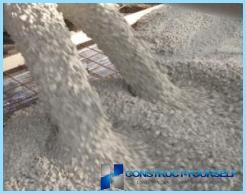
The hydro concrete include cement, different other components. One of these are quartz Sands, they serve as placeholders. The sand dramatically increases the level of water resistance. Quartz sand is required, because without them, the level of resistance to water drops.
Used for hydro concrete sand must be of high quality, and it should not be almost no impurities. Density of sand, respectively, the GOST should be 2T/m3. The grain size should be not more than 2 millimeters. The neglect of this factor in the risk that the level of mobility of the mixture is undesirable. All hydraulic structures be it a dam, wharves or bridges, must be very durable and reliable. To obtain these qualities, the major components for the filling you need to choose carefully. Quite often for these purposes use granite due to its ability to prevent water and did not collapse under heavy loads.
Crushed stone and gravel is used in a hydro concrete to ensure the frost resistance. Features of the structure of gravel and crushed rock allow you to endure sudden changes in temperature.
Flakiness is a very important factor in the construction of hydraulic structures. It makes components more flat. The presence of concrete rubble, has a very positive impact on its strength due to its shape. Flat edges of the grains allow more evenly distribute the load throughout the structure, as they are quite tight to each other. These characteristics allow to save cement and sand, because their consumption in this situation is significantly reduced.
Also the composition of concrete includes a variety of microfillers. Their presence in the mixture prevents deformation of the structure. The microfillers significantly increase the level of thermal conductivity, this has a very positive effect on the durability of the structure. The composition of the hydraulic concrete includes a lot of different chemical components that make the mixture very high quality. In our time scientists chemists working on the development of component CMID – 4. This component will build constructions which will constantly be in contact with potable water. One of the very important advantages of microfillers is the fact that the addition of cement diverges much less.
Video: Protecting concrete surfaces of hydraulic structures
The pros and cons of hydro concrete ↑
In several advantages of hydraulic concrete must be attributed the most important advantage, the ability to withstand extremes in temperature. This result was achieved due to the fact that the composition of the mixture, use very little water, this allows not to freeze to the concrete at low temperatures.
High level of water resistance, which is achieved through well-chosen composition, hydro concrete provides considerable advantage over conventional concrete.
The disadvantages include its high cost. To achieve the performance that distinguishes it from conventional types of concrete, the composition of the solution has to add components, which themselves are not cheap, hence the overall high price of this type of concrete. Another disadvantage is the fact that the mixture solidifies within a short period of time. This deficiency is very noticeable in the carriage of hydraulic concrete. The solution is not frozen ahead of time, we have to buy it near the building site, often at a disadvantageous price.
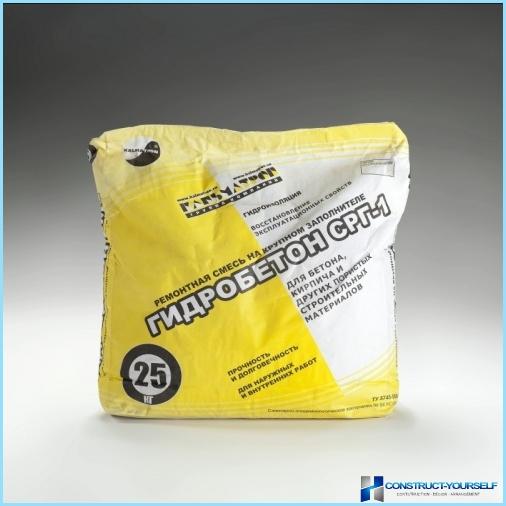
Conclusion ↑
For the construction of hydraulic structures, you need to consider many factors regarding the choice of material. The creation of hydro concrete is quite demanding and laborious task. When choosing makeup you need to consider all the necessary factors, so that the design lasts as much as possible for the benefit of the people.

